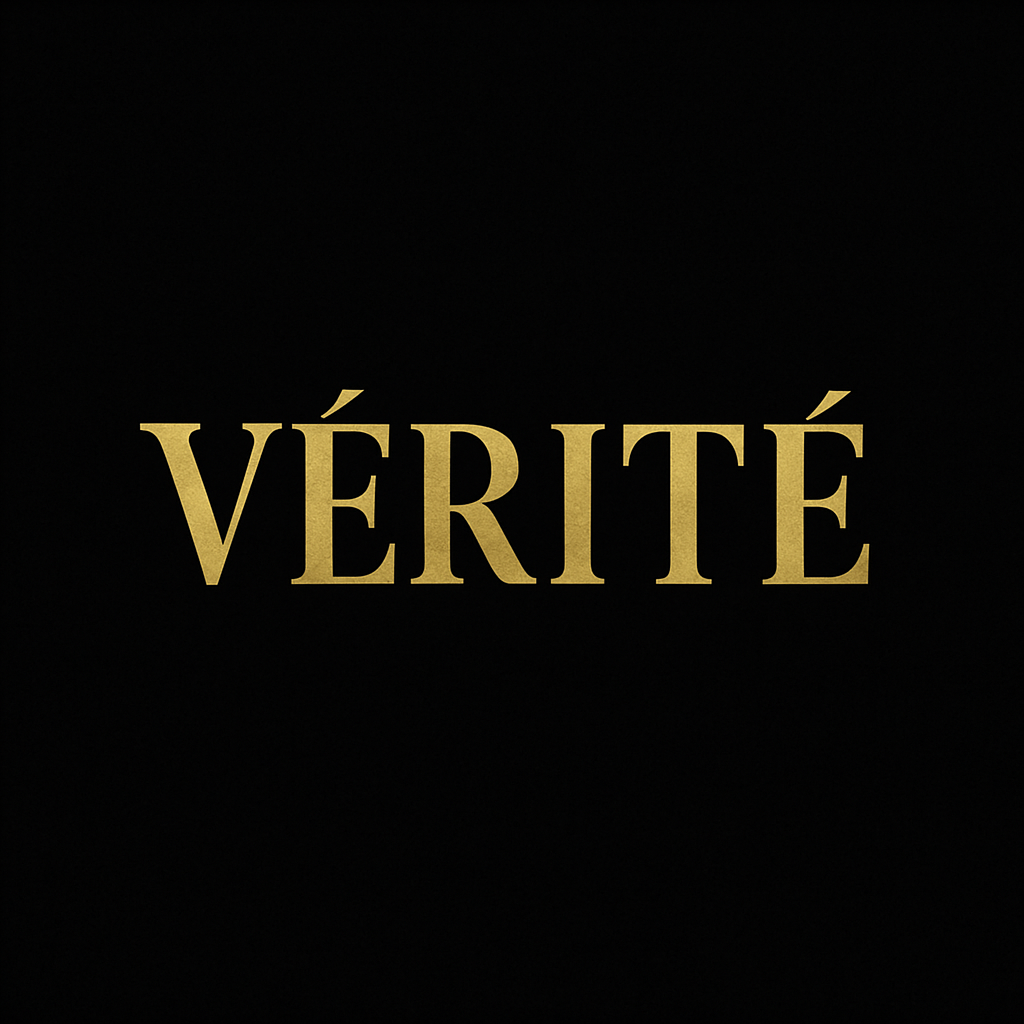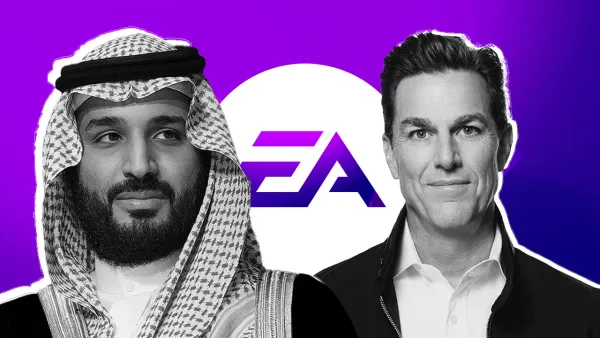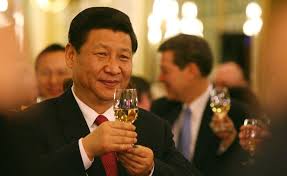Arsenal’s Perfect Equation: Depth, Investment & an Injury-Free Title Run

In football, the difference between good and great often comes down to depth, strategy, and execution—and right now, Arsenal FC is checking all the boxes. Beneath the pre-match lights and roar of the Emirates crowd lies a club engineered for success.
Coach Mikel Arteta has built a resilient squad whose rotation model and strategic planning ensure that injuries simply don’t derail the season. Meanwhile, sporting director André Berta has quietly delivered signings that combine upside, versatility, and longevity—bolstering every position. Behind the scenes, co-chairs Stan Kroenke and Josh Kroenke have shifted from distant owners to active facilitators, investing in performance infrastructure and smart analytics.
The result: an Arsenal squad with real-world durability, cultural vision, and tactical ingenuity. While rivals falter under injuries, wages, and reinvestment fatigue, Arsenal’s blueprint is clear—and it’s working. This is not a one-off push. It’s a cumulative advantage.
The crown may feel within reach—but Arteta, Berta, and the Kroenkes are treating it like a dynasty being built, not a campaign being won.
Arsenal: The Mechanics Behind a Modern Dynasty
⚽ Transfer Strategy — Precision Over Panic
Arsenal’s recruitment in recent years has evolved into a study of strategic patience and data-driven precision. Rather than chasing inflated superstars, the club targets high-ceiling players who fit both Arteta’s tactical architecture and Andrea Berta’s analytical model — combining talent with temperament.
The acquisitions of Declan Rice, Kai Havertz, and Jurrien Timber signaled a new direction: versatile profiles capable of playing multiple roles across the pitch. Scouts now measure not just technical output but tactical fluidity — the ability to shift systems mid-game without disruption. Berta’s influence has reintroduced a “continental realism” to Arsenal’s decision-making, prioritizing adaptability over hype.
Behind every signing lies the data: performance velocity, stamina metrics, and positional interchange frequency — metrics borrowed from elite basketball and American football analytics. Arsenal’s transfer team isn’t gambling; it’s calculating inevitability.
🏋️ Injury Rotation Model — Depth by Design
Perhaps Arsenal’s most underappreciated evolution is its injury mitigation model, built on science, rotation, and trust.
Working with world-class sports scientists, the club has adopted predictive workload tracking, analyzing micro-fatigue indicators via wearable tech to preempt soft-tissue injuries. Training intensity is tailored daily per player — not per team. This approach, coupled with improved depth, ensures continuity even during congested fixtures.
Arteta’s rotational discipline — once criticized — is now understood as foundational. Every player has defined “minutes zones,” allowing Arsenal to sustain high-tempo pressing through 90 minutes without burnout. The medical department operates in sync with tactical planning; substitutes are no longer reactive but strategically pre-planned preservation maneuvers.
The result? Arsenal’s injury record this season is among the lowest in Europe’s top five leagues — proof that depth and data can coexist with dominance.
💰 Financial Structure — Sustainable Supremacy
Unlike clubs bankrolled by sovereign wealth or reckless ownership, Arsenal’s resurgence stems from intelligent capitalism.
Under Stan and Josh Kroenke, the club has shifted from passive profit-holding to active portfolio building — using performance success as an investment multiplier. Profits are recycled into infrastructure (Colney training redevelopment, academy enhancement, digital scouting tools) rather than short-term wage inflation.
Andrea Berta’s financial model mirrors Real Madrid’s long-term cycle planning: each summer’s outlay is offset by controlled amortization, allowing Arsenal to spend boldly without breaching financial sustainability rules. Meanwhile, the club’s commercial partnerships — from Emirates to Adidas — have expanded into lifestyle branding, tapping younger demographics and global digital audiences.
In a Premier League landscape defined by financial volatility, Arsenal represents a new kind of elite: a self-sustaining, globally resonant, data-backed powerhouse.
The Arsenal Equation
A manager who thinks like a designer.
A board that invests like a venture fund.
A sporting director who scouts like a data scientist.
Together, they’ve constructed not just a football team — but a system engineered for dominance. Arsenal’s title challenge isn’t accidental; it’s algorithmic.
By Emily Harper
Emily Harper is a culture and entertainment writer for VÉRITÉ Magazine, covering the intersection of music, luxury lifestyle, and digital innovation. She has previously written for emerging tech publications. Emily holds a degree in Media & Cultural Studies and is based between London and Los Angeles.




